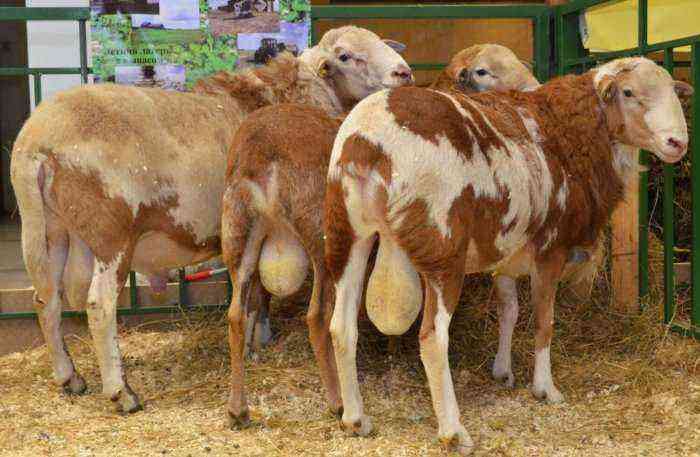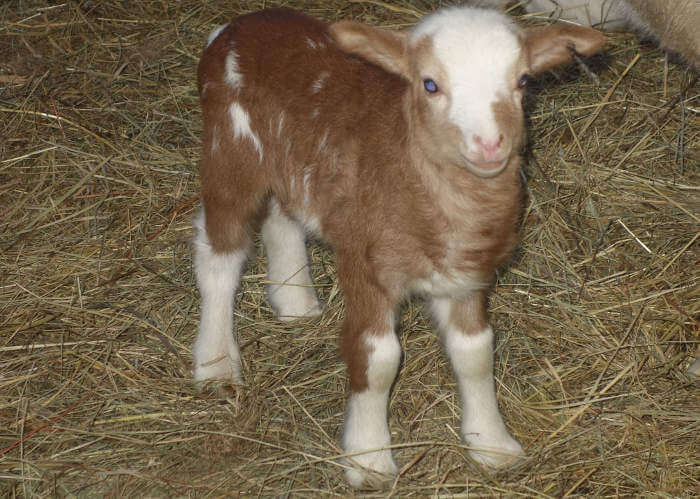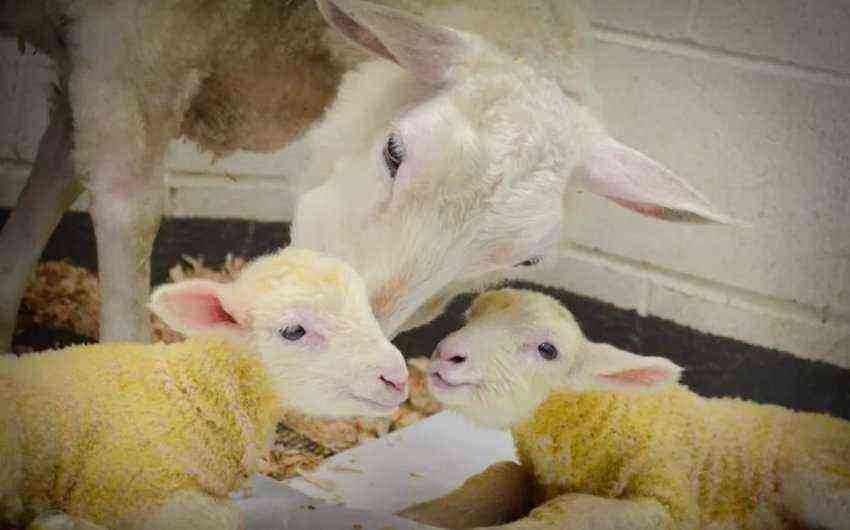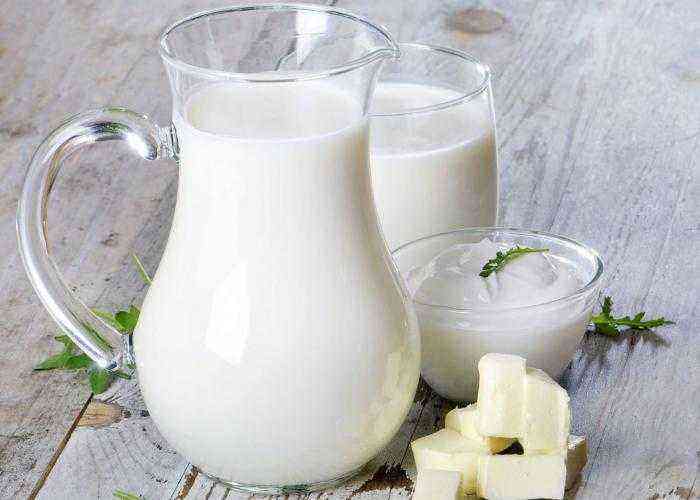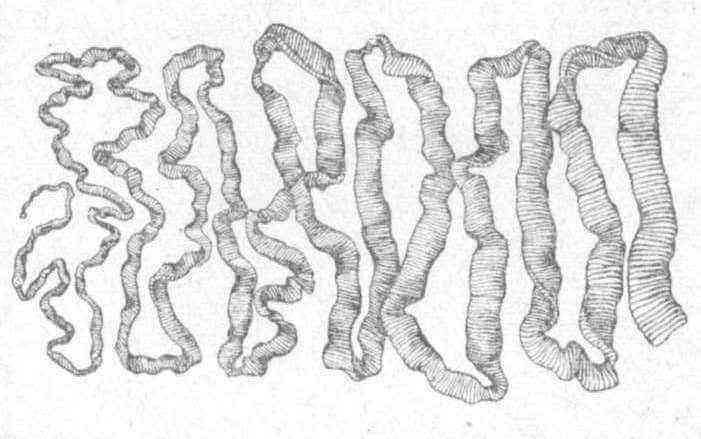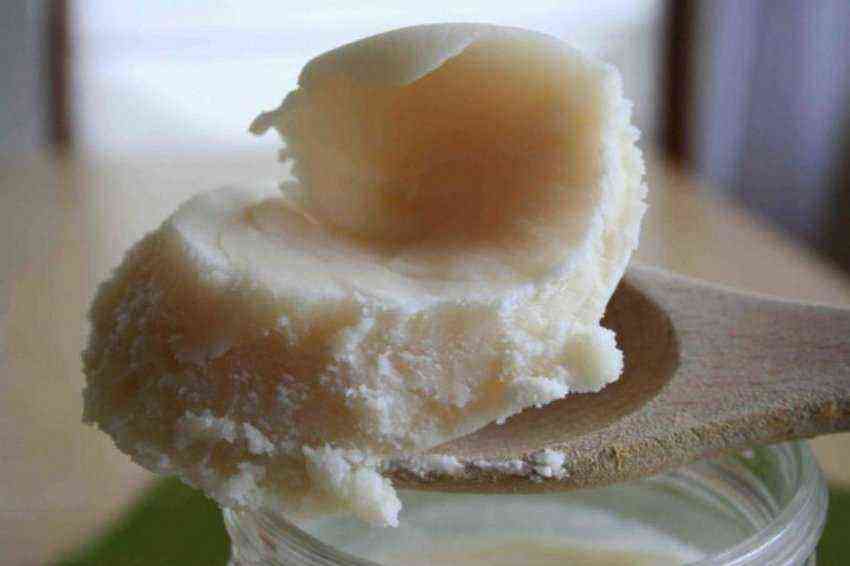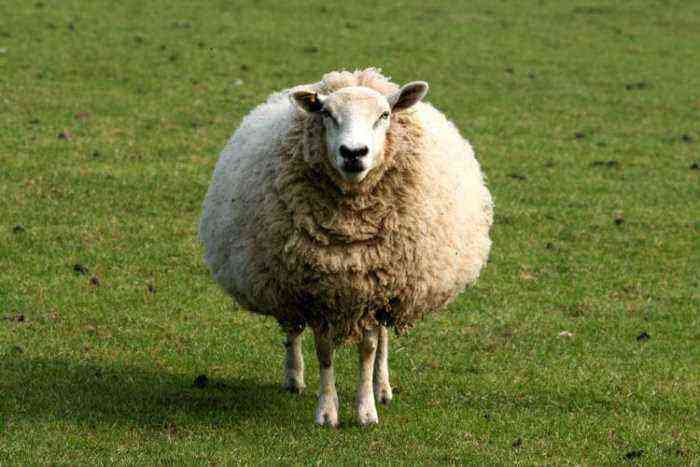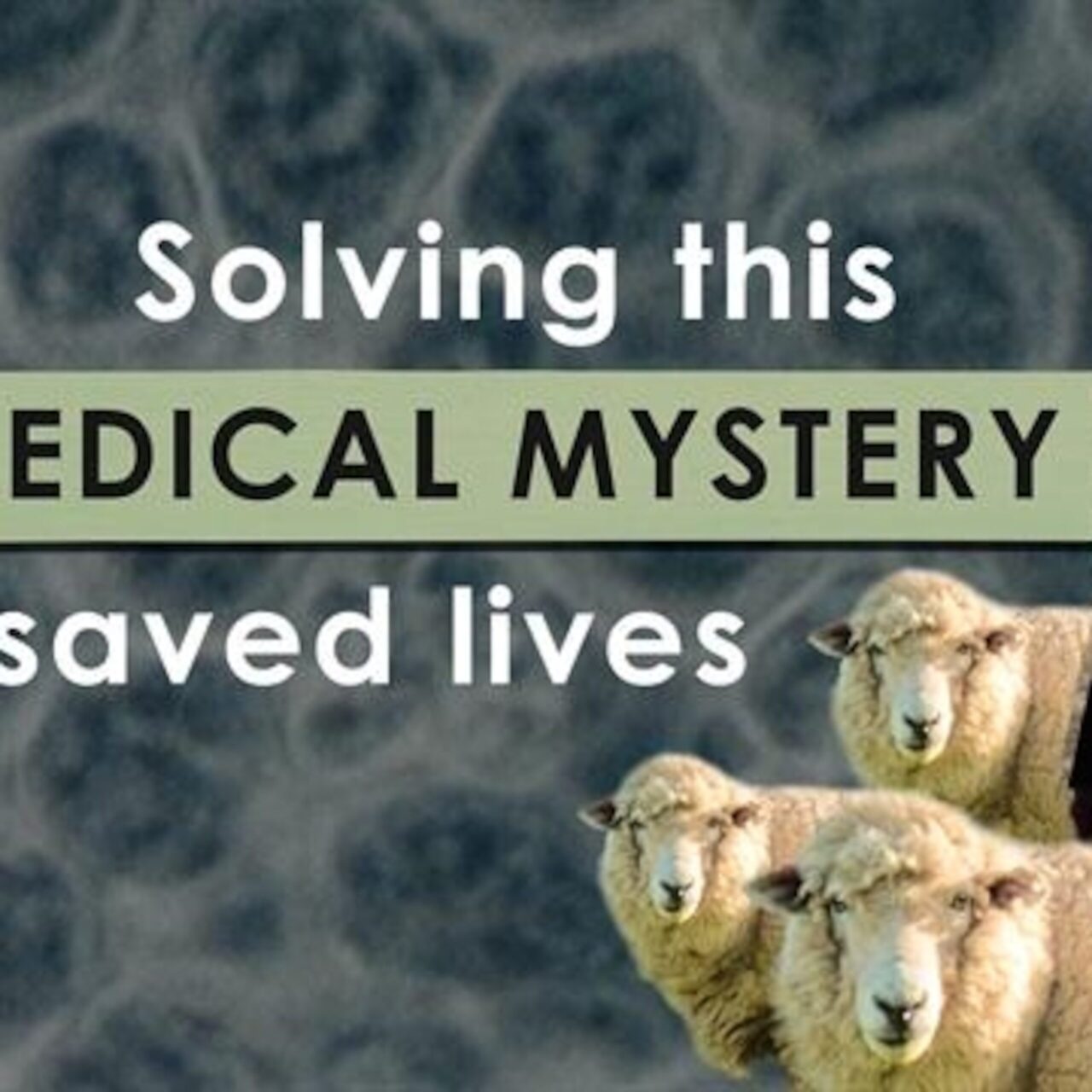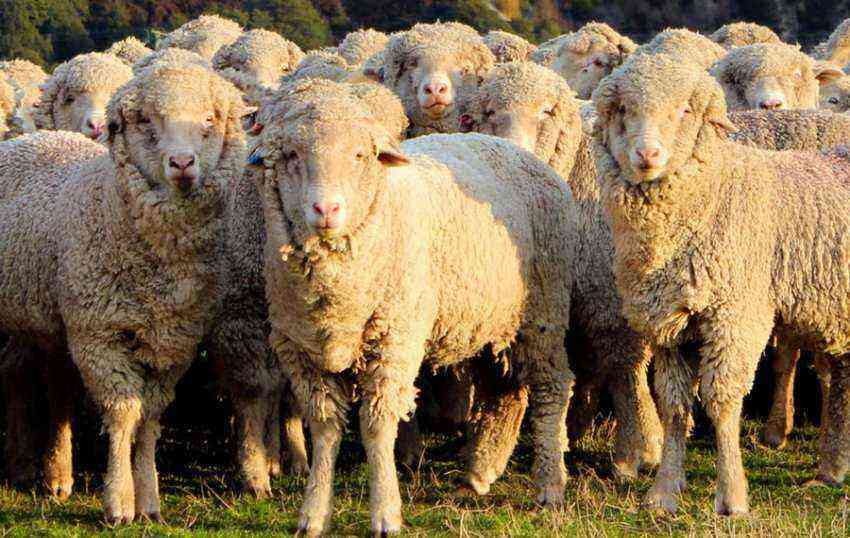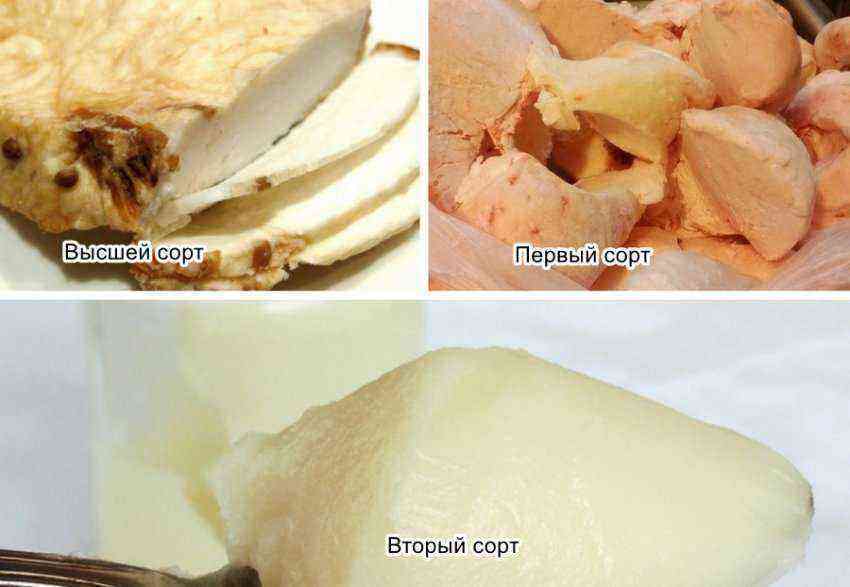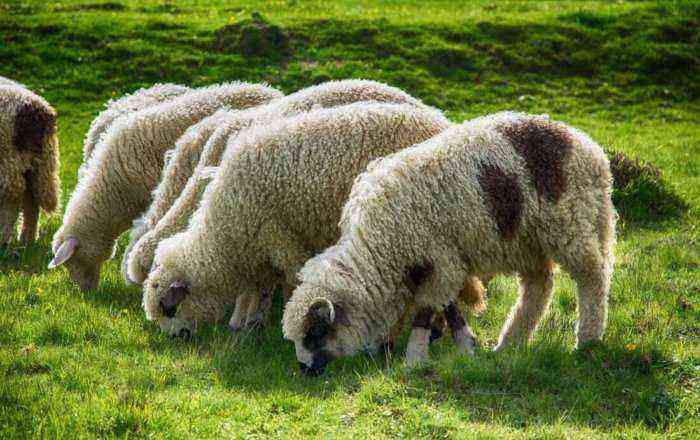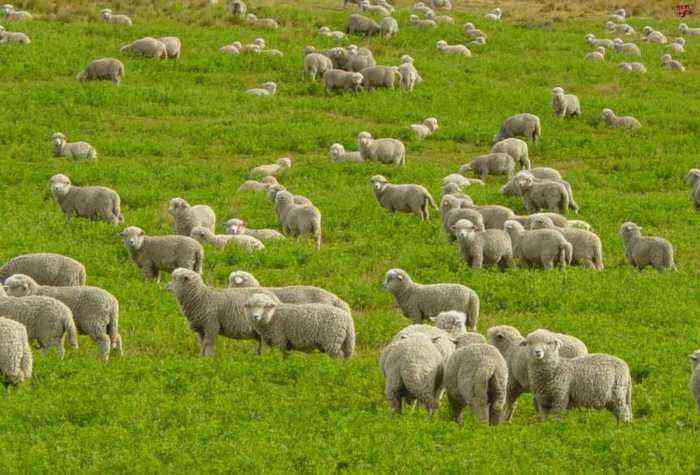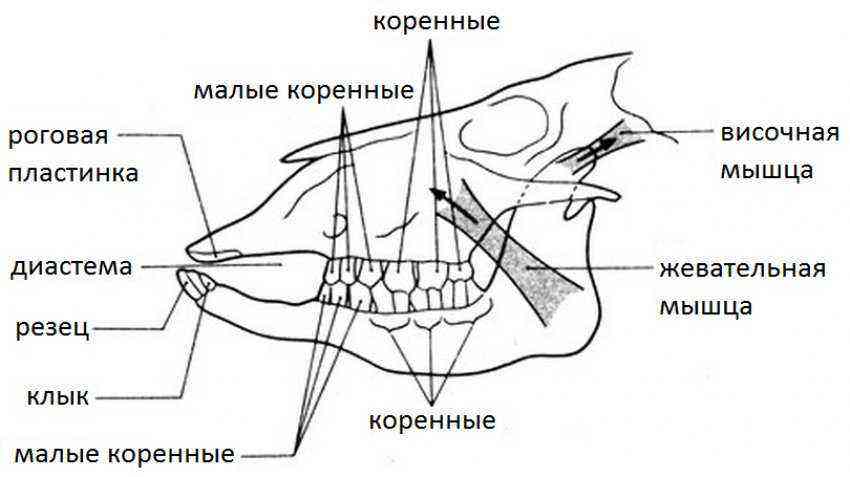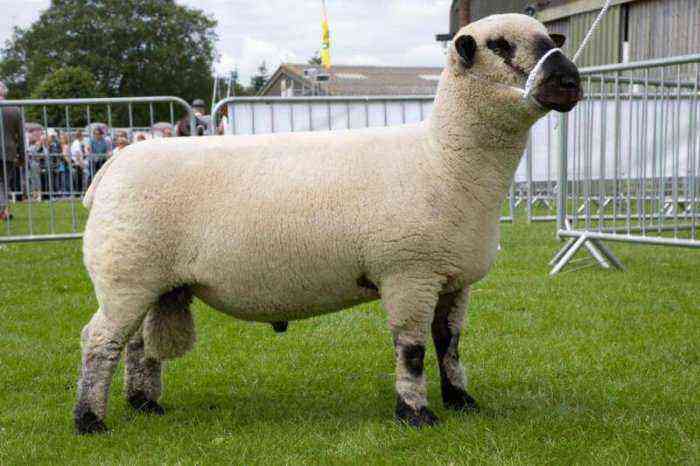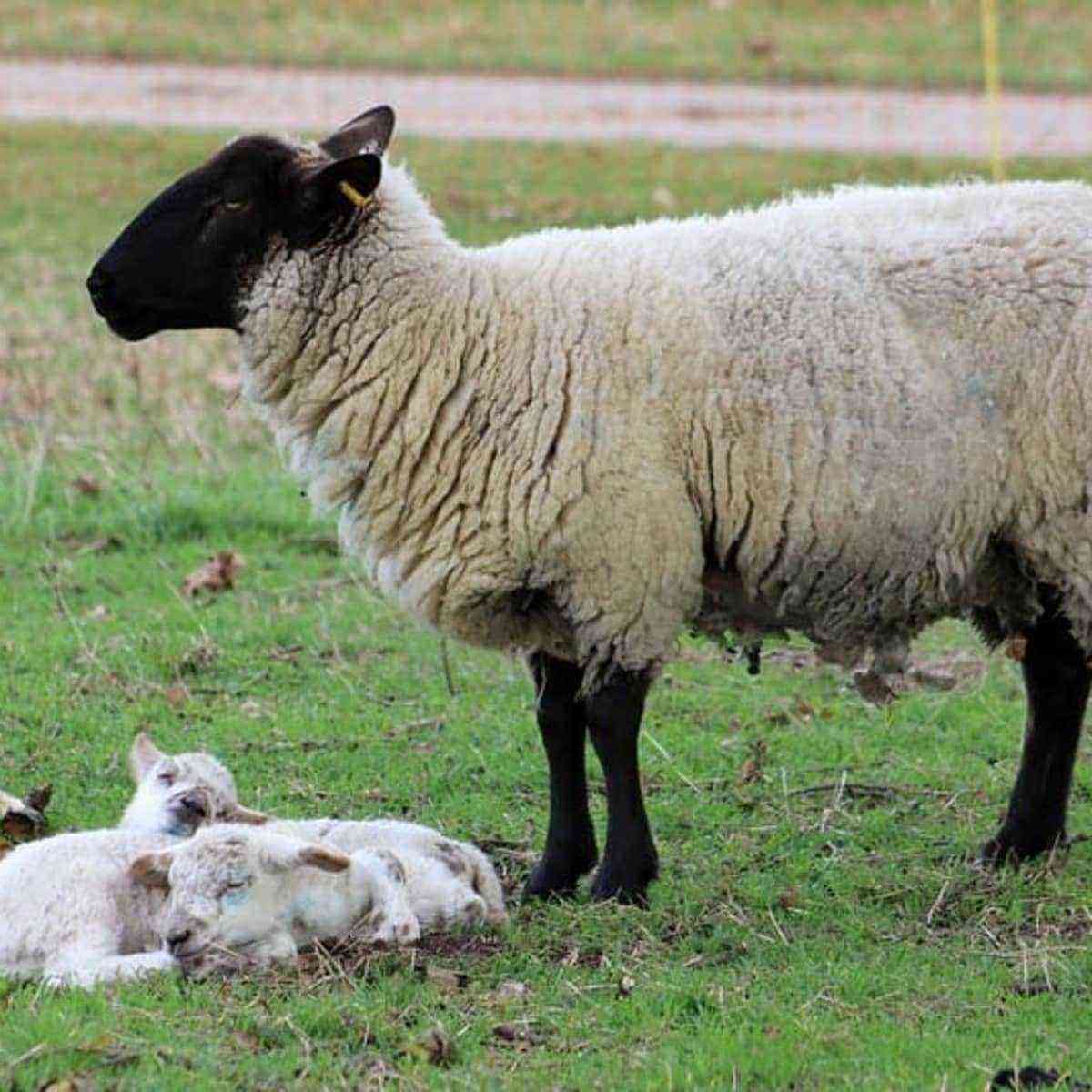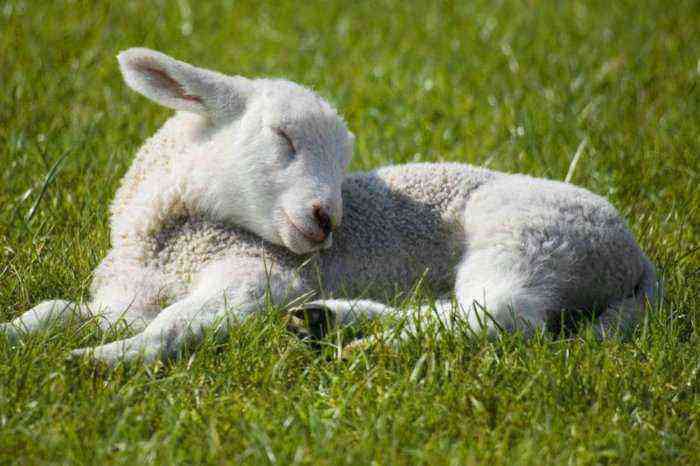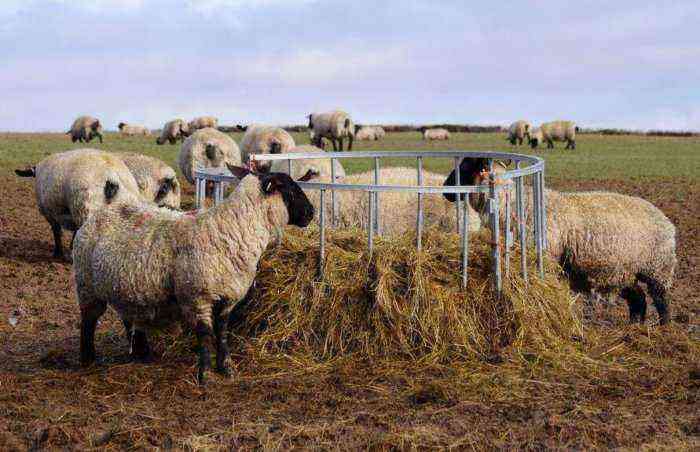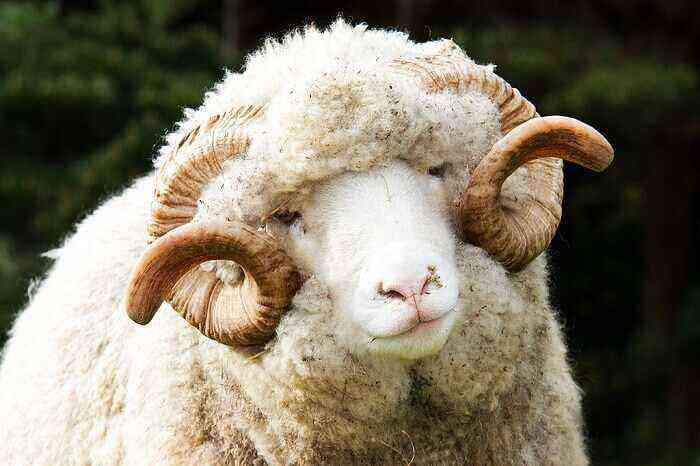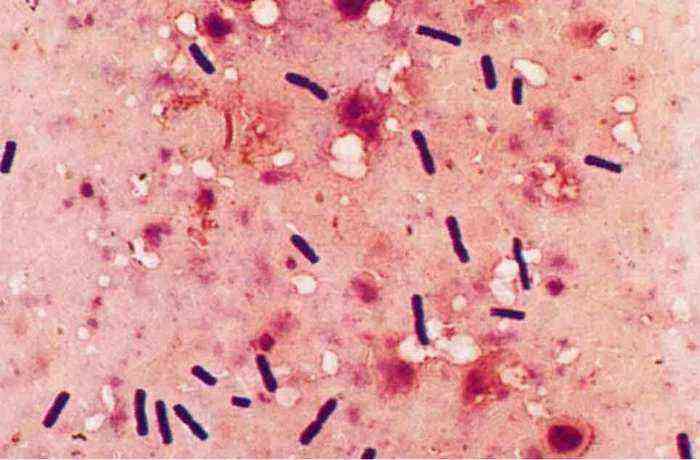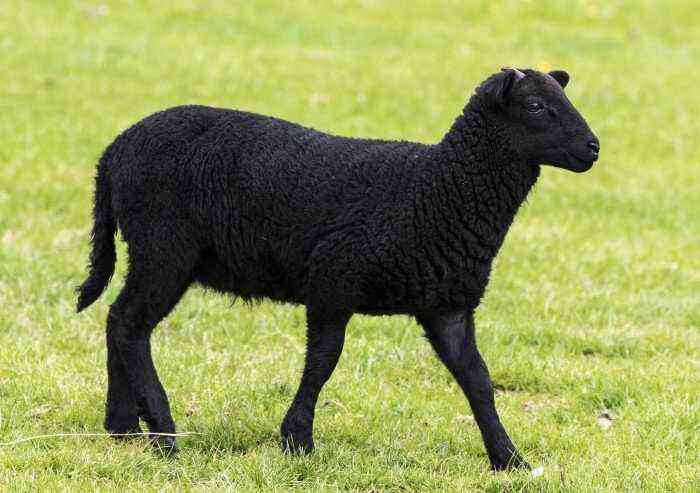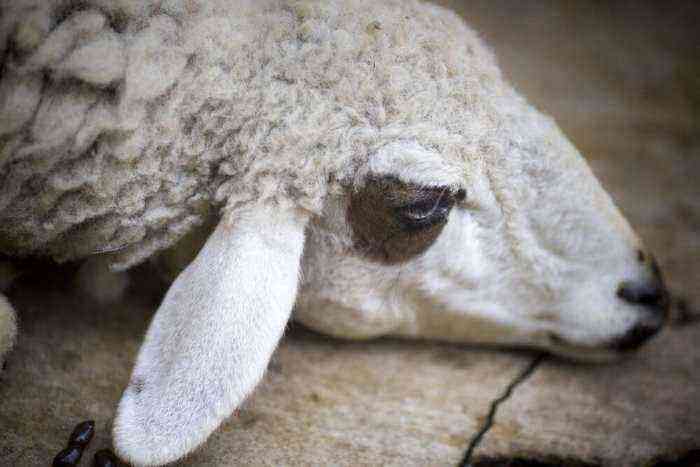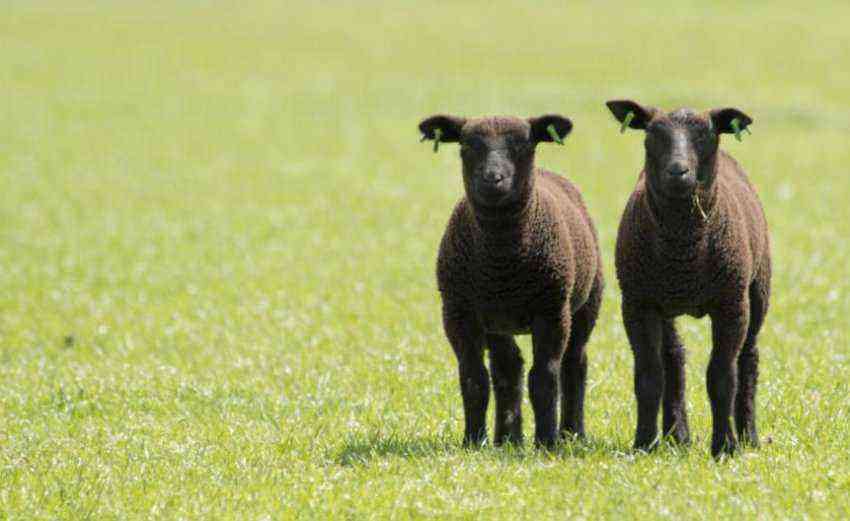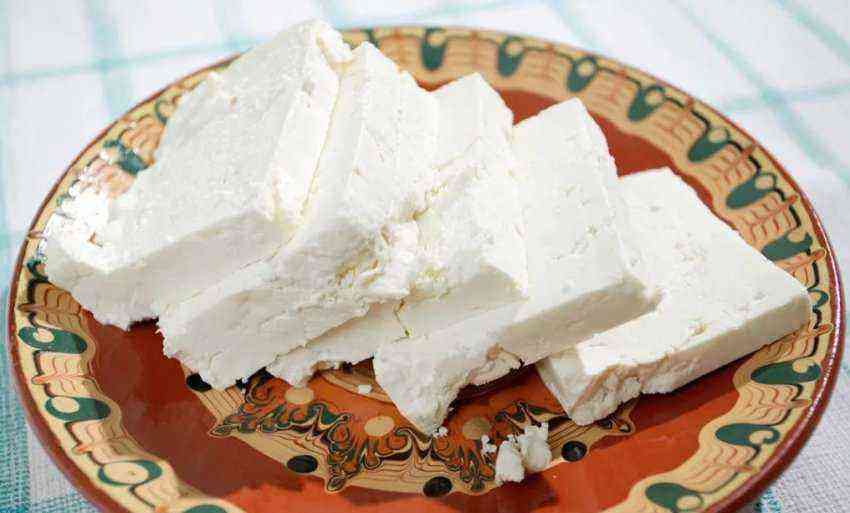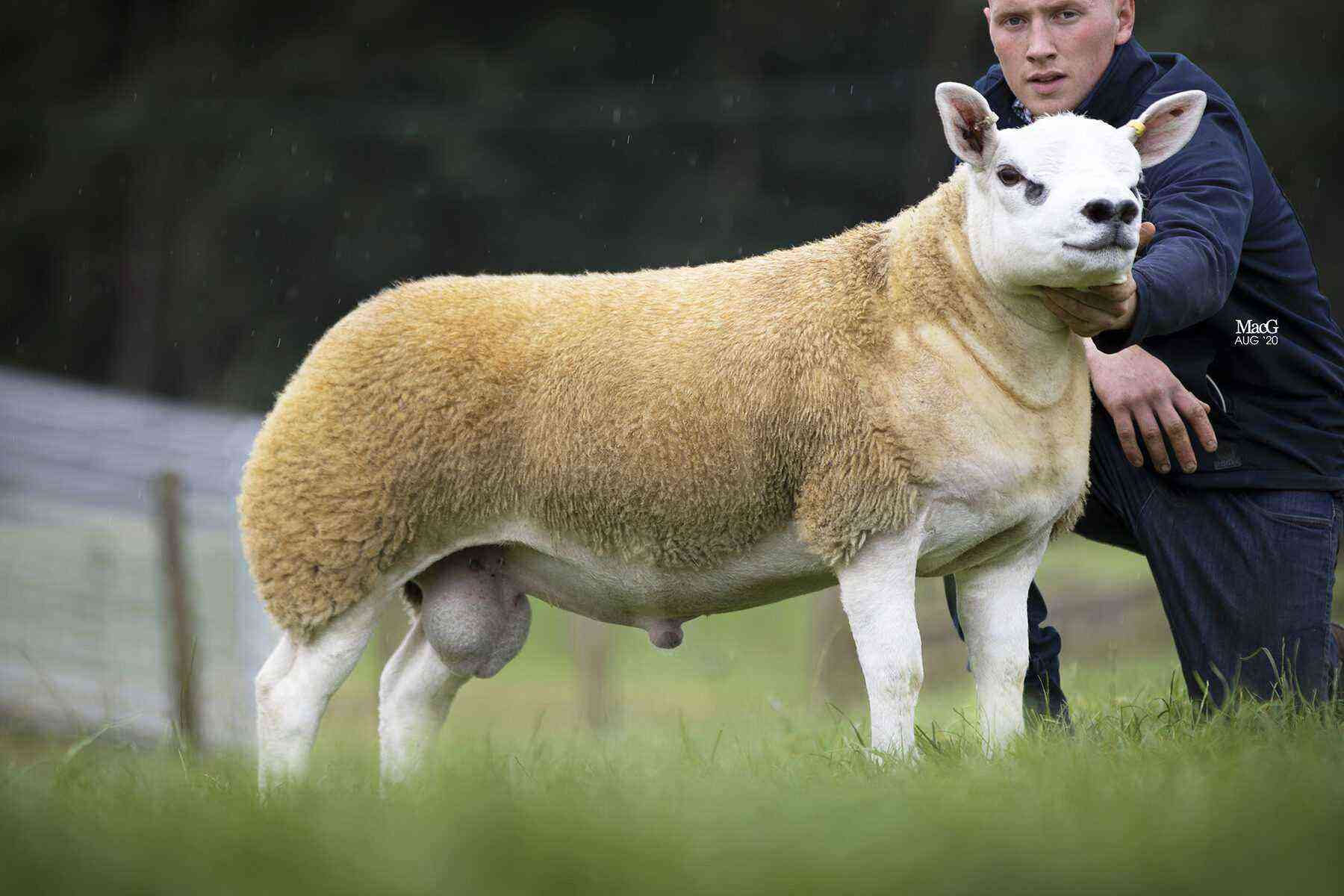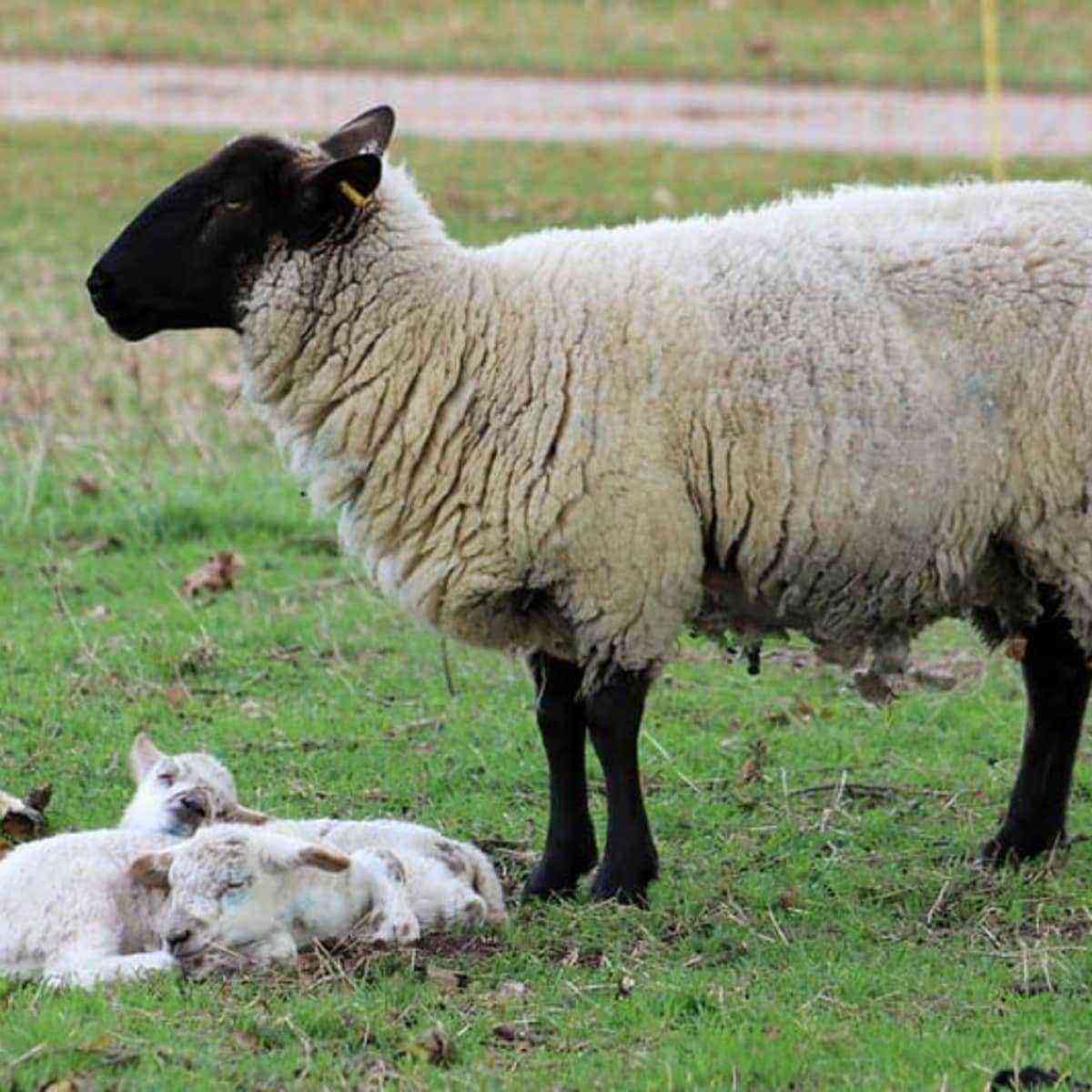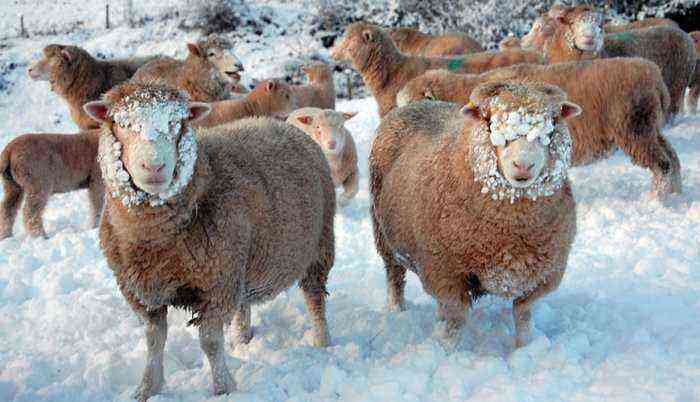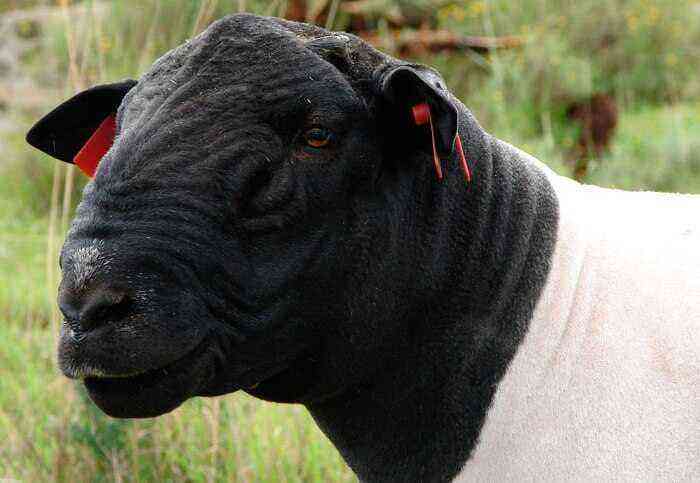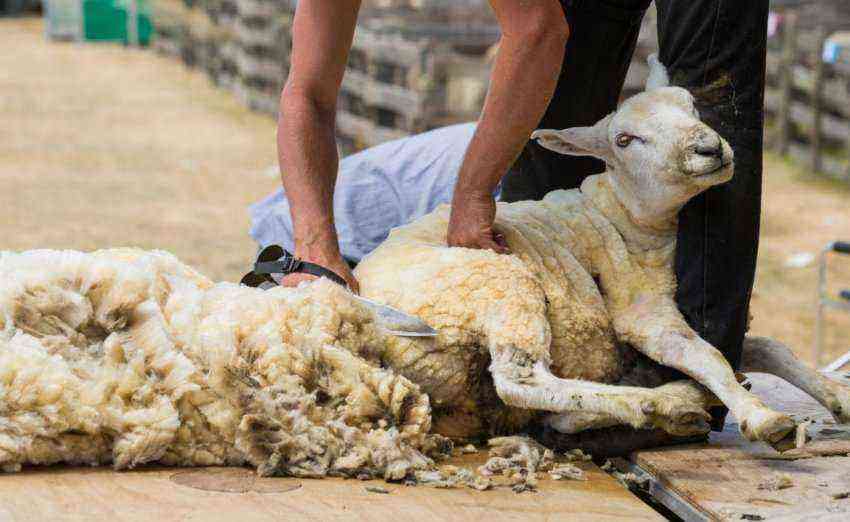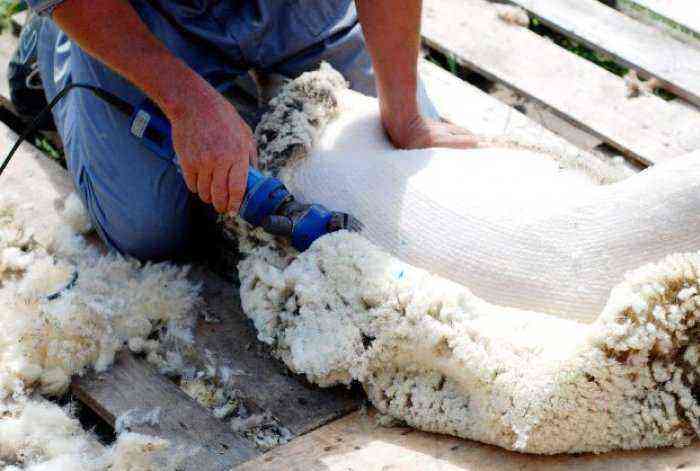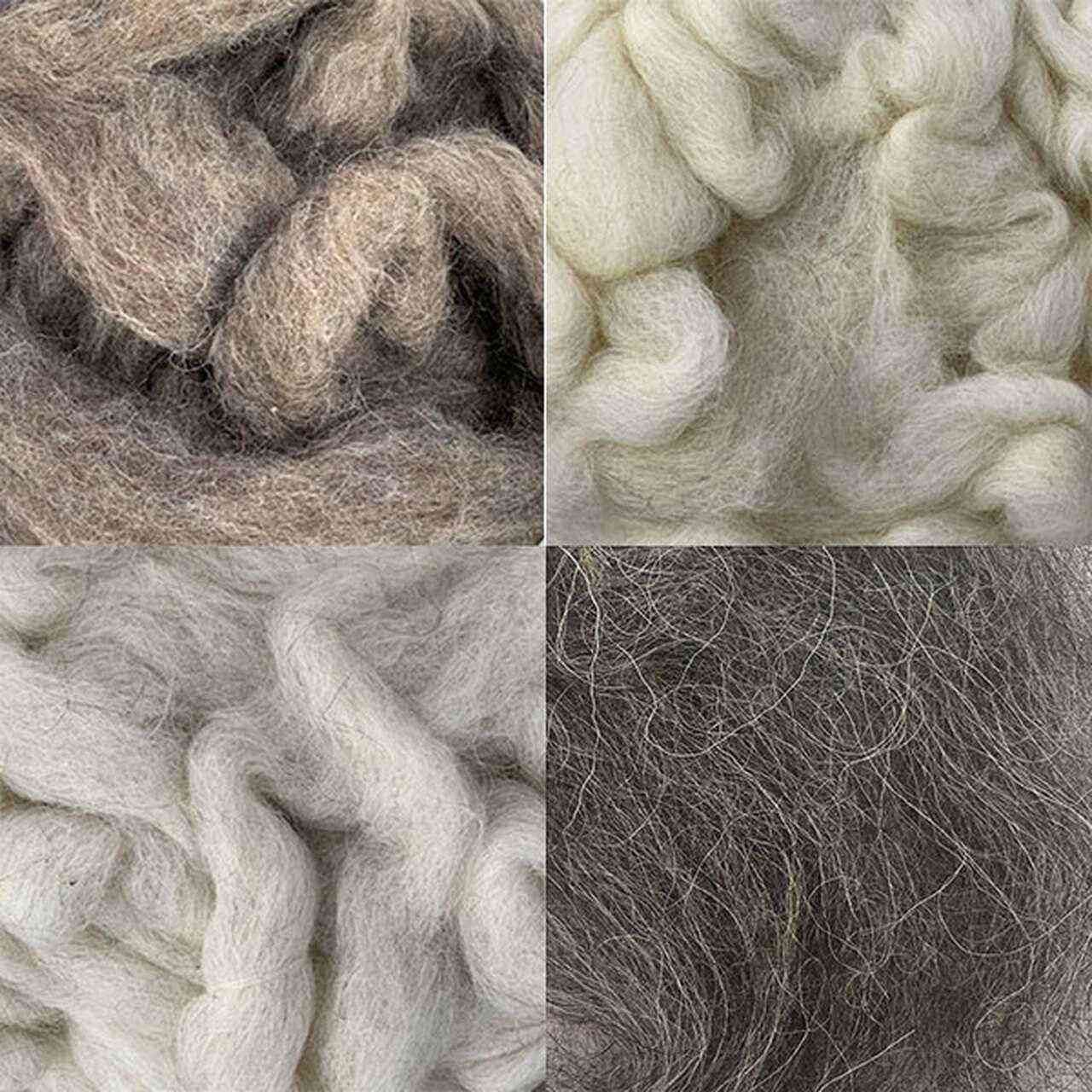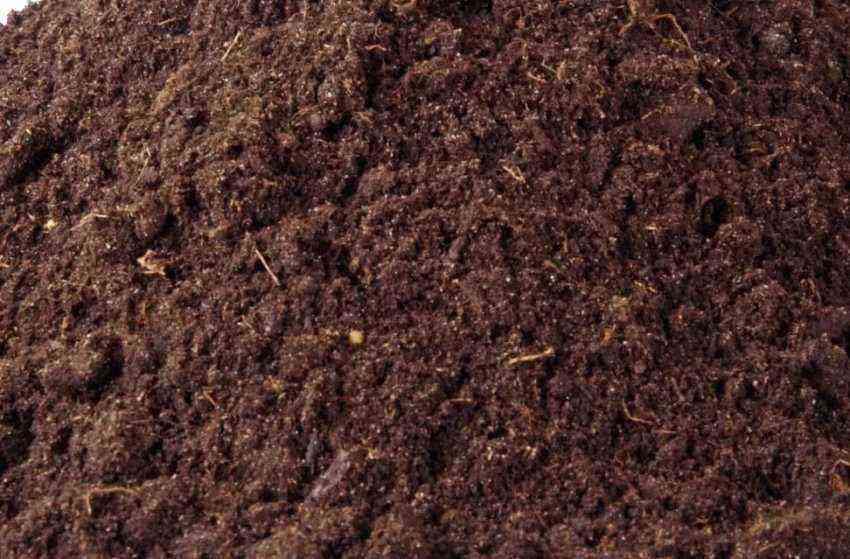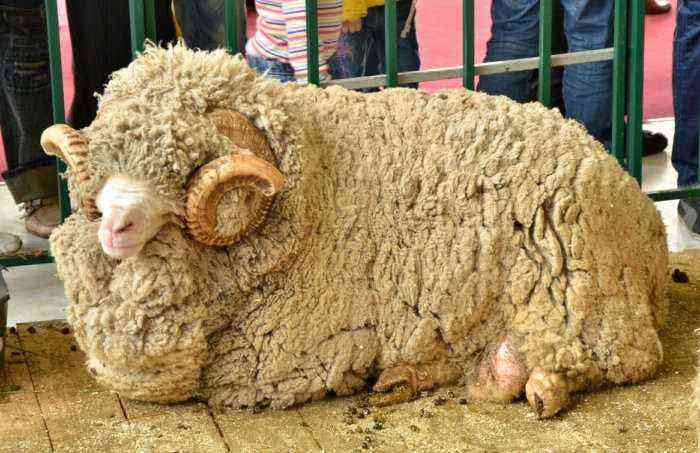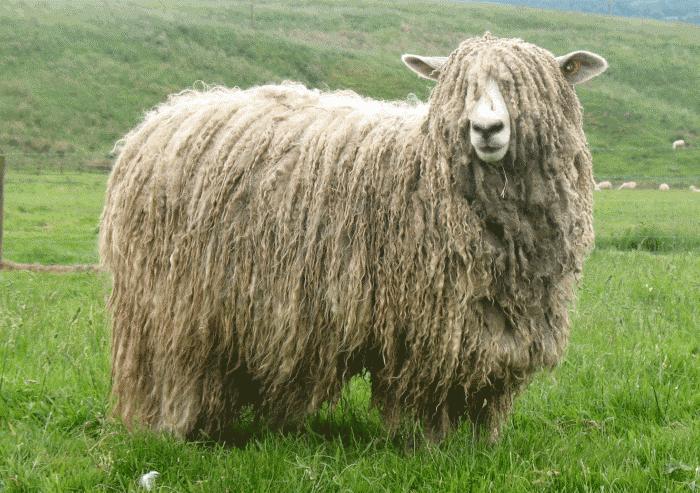Katum sheep are a breed that is still being selected. It is led by Oleg Lebedev. For the first time this breed of sheep was mentioned in 2013. Perhaps in a few years it will be officially registered. Features of the Katum breed of sheep, its advantages, disadvantages and productivity will be considered further.
Katum sheep
History of the breed
In the Leningrad region in the Vsevolozhsk district there is a small place called the Katum Massif. In 1992, an agricultural enterprise was organized there, which was given the same name – Katumy.
At first, Romanov sheep were kept there, which were distinguished by good fertility and high quality sheepskin. However, in the Leningrad region there was a demand for mutton, and the meat of the Romanov breed sheep did not meet quality indicators. It had an unpleasant smell, and its structure was loose. Then the farm began to think about creating a new breed of meat production. The breeders had a goal to get the breed:
- with a high yield of meat after slaughter;
- good indicators of fertility, like Romanov sheep;
- smooth-haired, which would not need to be cut;
- adapted to the climate of the middle zone;
- precocious.
Sheep purchased in America, belonging to the Katahdin breed, were taken as the basis. These are smooth-haired sheep that do not need to be sheared. They were crossed with local Romanov ewes, which showed good fertility results. Within a few years, 4 lines of descendants were identified, in which the desired traits were fixed. The selection work is still going on. As soon as it is possible to obtain animals with a stable genotype, it will be possible to speak about the success of the event.
Description
The Katum breed of sheep is distinguished by its strong bones and muscular body structure. Consider the external characteristics of these animals:
- average height;
- barrel-shaped body;
- the chest is wide and deep;
- polledness;
- small head;
- auricles of medium size, located horizontally;
- limbs are straight, long;
- tail of medium size;
- coat is smooth, short, undercoat grows in winter;
- the color is predominantly red with small spots of white or brown;
- the average weight of a ram reaches 100 kg, and ewes – 75-80 kg.
Katum sheep breed
A distinctive feature of Katum sheep is their smooth wool. She does not need care and haircut. With the onset of cold weather, an undercoat appears in animals, which disappears in the spring. Due to it, sheep are able to endure severe frosts, which are not uncommon in the Leningrad region. The creators of this breed believe that in sheep of the wool direction, almost 30% of the body’s resources are spent on the growth of wool and the production of fat. Due to this, the indicator of precocity decreases, and the meat acquires a specific smell. That’s why they wanted to get a breed with a small amount of wool.
Attention! Lamb, obtained from Katum sheep, is considered the most delicious and nutritious. It is similar in quality to veal.
Productivity
In terms of productivity, Katum sheep are classified as meat. The meat of these animals is in demand not only in the Leningrad region, but also in the nearest regions of the country, due to its excellent taste and the absence of an unpleasant odor. There is practically no fat in it, it is soft and juicy, like calf meat.
Smooth-haired meat sheep quickly form muscle mass even on pasture. Intensive use of a breeding ram leads to weight loss of the animal, but then it quickly recovers. It should be noted that the fertility of the females of the Katum breed was adopted from their progenitors – the Romanov ewes. They bring several lambs for one lamb – more often 2-3.
Attention! The average herd growth is 220% annually.
The lambs are growing fast. Already at the age of one and a half years, lambs weigh 90-100 kg. Yarochki at this age are gaining 70 kg, by this time they are ready for mating.
Advantages and disadvantages
Considering the characteristics and description of the Katum breed of sheep, it becomes obvious that it has a lot of advantages:
- The adaptability of animals to the harsh climate of the middle zone.
- No thick fur. There is no need to spend energy and money on a haircut.
- Fertility. Each ewe brings 2-3 lambs for 1 lamb.
- Excellent meat taste.
- Early maturity.
The precocity of lambs is an advantage of the breed
The disadvantages of the breed include:
- livestock population is genetically heterogeneous;
- due to the fact that the genotype of the Katum sheep is not yet sufficiently stable, there is a possibility of splitting the breed traits;
- demand for food quality.
Features of breeding and feeding
Katum ewes are polyester. This means that they have sexual desire more often than representatives of other breeds. Within two years, they are able to produce offspring three times, while in each lambing there will be 2-3 cubs.
Katum lambs are distinguished by strong immunity. They easily adapt to the harsh climate of the Leningrad region, where temperature changes are considered noma. Young growth quickly gains weight on mother’s milk. Having reached puberty, rams and sheep retain the ability to reproduce for a long time.
Food
In order for the animals to meet the declared characteristics in terms of weight gain, they need to eat fully. In summer, the basis of their diet is grass in the pasture. The main condition for rapid weight gain is an abundance of vegetation. If pastures are scarce, it is necessary to supplement the sheep with concentrates. They should make up 15-20% of the total feed.
For the winter, a sufficient amount of vegetables, root crops, silage and hay is harvested for the Katum breed. Animals need mineral supplements to maintain their health. Licks are placed next to the feeders, which the sheep eat as needed.
So far, selection work with Katum sheep has not been completed, but this breed has every chance of becoming one of the most popular and productive breeds. However, skeptics believe that some of the productive characteristics will be lost during home breeding. Like it or not, time will tell.
